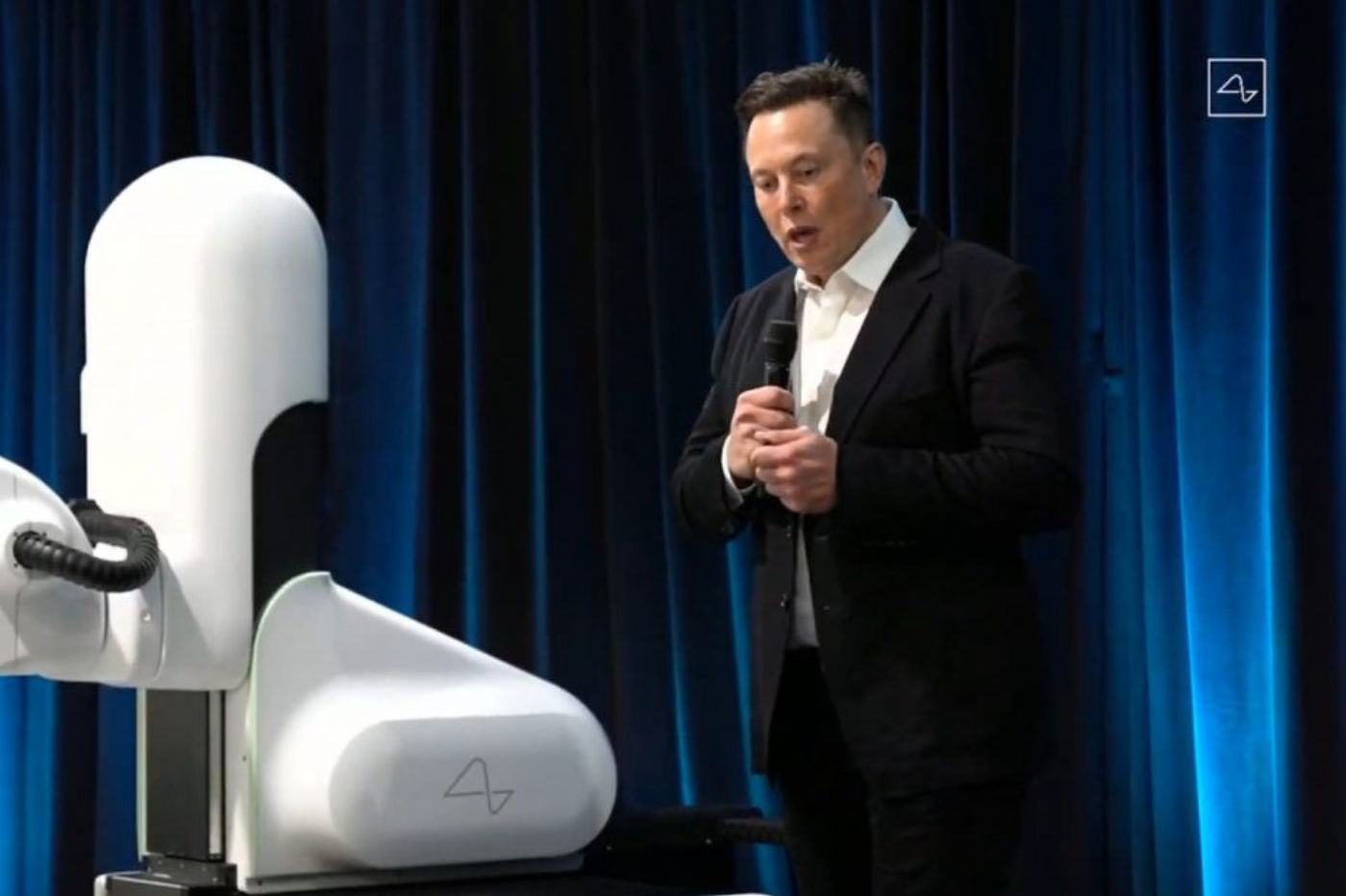
The brain-machine interface stamped Elon Musk will very soon enter a first phase of human clinical trials.
After long months of working in relative silence interspersed with a few demonstrations of force, Neuralink is finally ready to move up a gear. The Tesla founder’s brain-machine interface (BMI) is indeed getting closer to its first clinical trials on humans.
Information filtered through the Guardian, who spotted a job offer with a very evocative title. The firm is indeed looking for a “Clinical Trial Director” Who “will work with the most innovative doctors, top engineers, and early participants in Neuralink clinical trials”can we read there.
Until now, the firm had already implanted its ICM in the brains of living beings, but never in humans. Previously, a pig had the honor of being the first guinea pig. In a remarkable proof of concept, Neuralink also enabled a monkey to play the video game Pong using only brain power.
Now all that remains is to open Pandora’s box – or rather the skull of a flesh-and-blood human to implant Neuralink there with the help of a funny robot-surgeon that looks like a sewing machine, very precise and minimally invasive. . A major turning point that the firm will have to negotiate with patience and cautiontwo words that usually do not not part of Elon Musk’s vocabulary.
Except this time it’s not about no rockets that can explode in midair without human consequences. Once this clinical trial is officially launched, it will therefore be very interesting to see how Elon Musk manages this procedure by definition. long and tedious.
Virtually unlimited potential
But the game is worth the effort, and there is reason to be enthusiastic about Neuralink. After all, in the past few months alone, we have already witnessed several awe-inspiring clinical trials that illustrate the startling potential of this technology. We can cite the case of a woman who was able to see again thanks to a brain implant, or that of a man immobilized by his multiple sclerosis to whom this technology made it possible to post a tweet by thought.
Similarly, Elon Musk hopes that the implant produced by his teams will treat a whole host of very disabling conditions. He hopes that blind people will be able to regain their sight, that paraplegics will recover the use of their limbs, and so on.
In the past, the billionaire has also hinted at more entertainment-focused features; we can for example cite the fact of being able to “listen”, or rather hear music. But this technology is still in its infancy.
In any case, we should not expect convincing results on humans for several years. But with the proliferation of work on this question, it is reasonable to imagine that the first permanent therapeutic interfaces could arrive on the market before the end of the decade, and thus give rise to a medical revolution on a scale that is still difficult to conceive.



